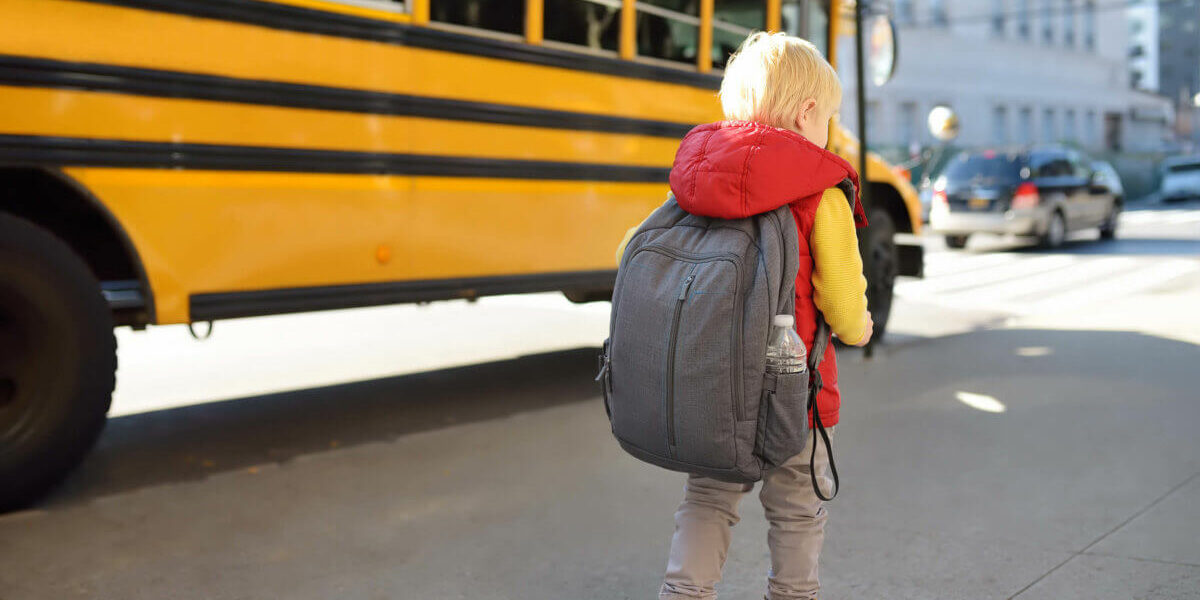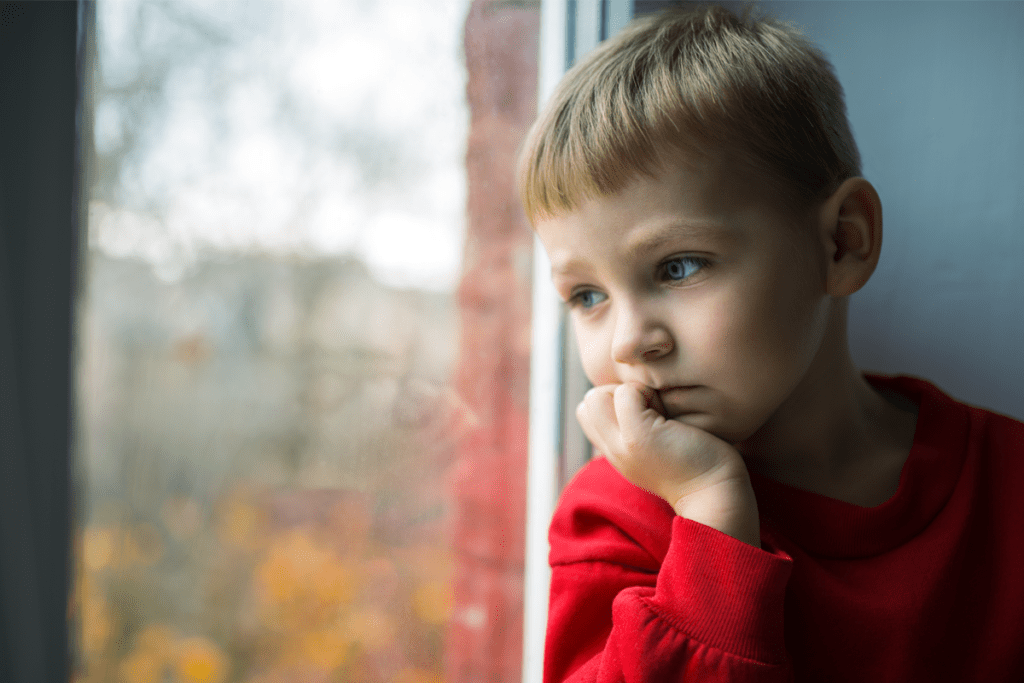The Government published additional guidance on 11 August regarding transport to schools and other educational settings which comes into force at the start of the Autumn term.
It covers:
- managing capacity and demand on public transport
- taking measures to reduce risk on dedicated home to school or college transport
Many parents of children with special educational needs and/or disabilities will find Part B of the guidance, which deals with dedicated school transport such as minibuses and taxis, particularly relevant. Please note that there are some differences in the law applied to public and dedicated transport (e.g. face masks – see below).
Some key points are:
- Local authorities remain under a statutory duty to provide free home to school transport for all eligible children of compulsory school age. They also remain under a duty to publish a transport statement detailing what travel assistance they will provide for young people aged over 16.This is important because it means that your local authority remains responsible for making reasonable travel arrangements for eligible children. These arrangements should ensure that your child can attend school full time, even if your local authority introduces staggered starts and finishes to the school day. If your local authority makes travel arrangements that mean your child isn’t attending school full time it won’t be able to take legal action against you because of poor attendance.It’s possible for your local authority to ask you to drive your child to school and reimburse your expenses. That’s absolutely fine if you’re willing to do so. But it can’t force you to do the transporting if you can’t or don’t want to for one reason or another.
- Those involved in the provision of home to school transport must do all that is reasonably practicable to maximise social distancing where possible and minimise the risk of transmission. What is practicable is likely to vary according to local circumstances.
- Social distancing should be maximised within vehicles wherever it is possible, between individuals or ‘bubbles’.
- It is now the law that children and young people aged 11 and over must wear a face covering on public transport. This law doesn’t apply to dedicated school transport. However, the guidance recommends that local authorities advise people aged 11 and over to wear a face covering when travelling on dedicated school transport to secondary school or college from the start of the autumn term. This doesn’t apply to those who are exempt from wearing a face covering on public transport.
The guidance includes a short section on SEND which we’ve included in full below:
When deciding on the package of measures that is appropriate on transport for children and young people with special educational needs, local authorities will need to take account the particular needs of the children using the transport, and to be informed by the views of the parents and school.
Special schools tend to be smaller, meaning all the children in a school might be in the same bubble. Also, special schools will typically use smaller vehicles. Both these things will help to minimise the number of contacts children with SEND have on school transport.
Some vehicles carry children to a number of different special schools. Some children with SEND display behaviours such as spitting uncontrollably. In circumstances such as these, maintaining distance on transport is particularly desirable.
We recognise that transporting children and young people with SEND may require close contact. Where this is the case, other measures in the system of controls should be put in place to reduce risk. For example, staff may want to wash or sanitise their hands more frequently.
Some children and young people with SEND will not be able to use a face covering properly and should not be expected to do so as this may increase the risk of transmission. Some children may be distressed by wearing a face covering, or by others wearing them. Others may become distressed if they and other people do not wear them.
Some children and young people may need to be able to lip read, or see people’s faces, to communicate. There are companies now making lip-reading friendly face coverings.
Although drivers and passenger assistants will not normally require personal protective equipment (PPE) on home to school transport, where the care a child or young person ordinarily receives on home to school transport requires the use of PPE, that should continue as usual.









